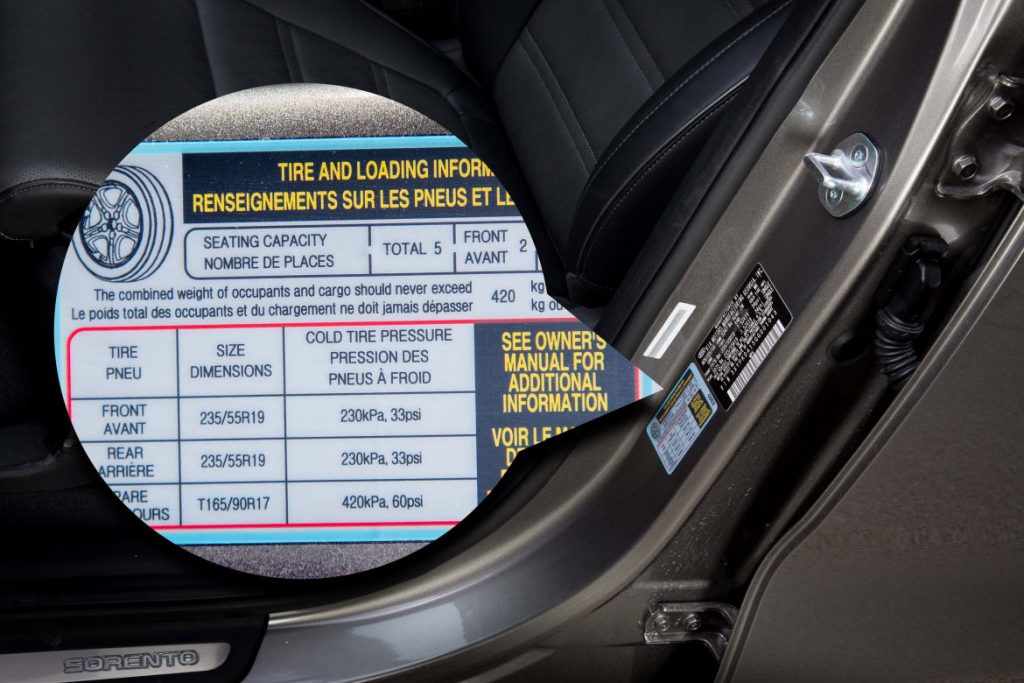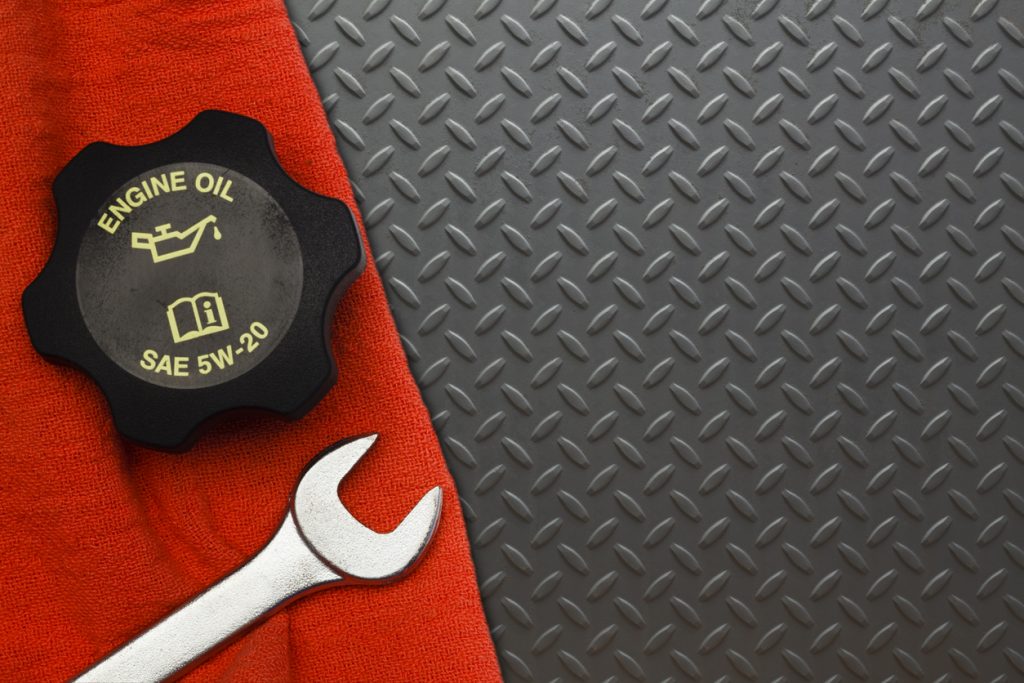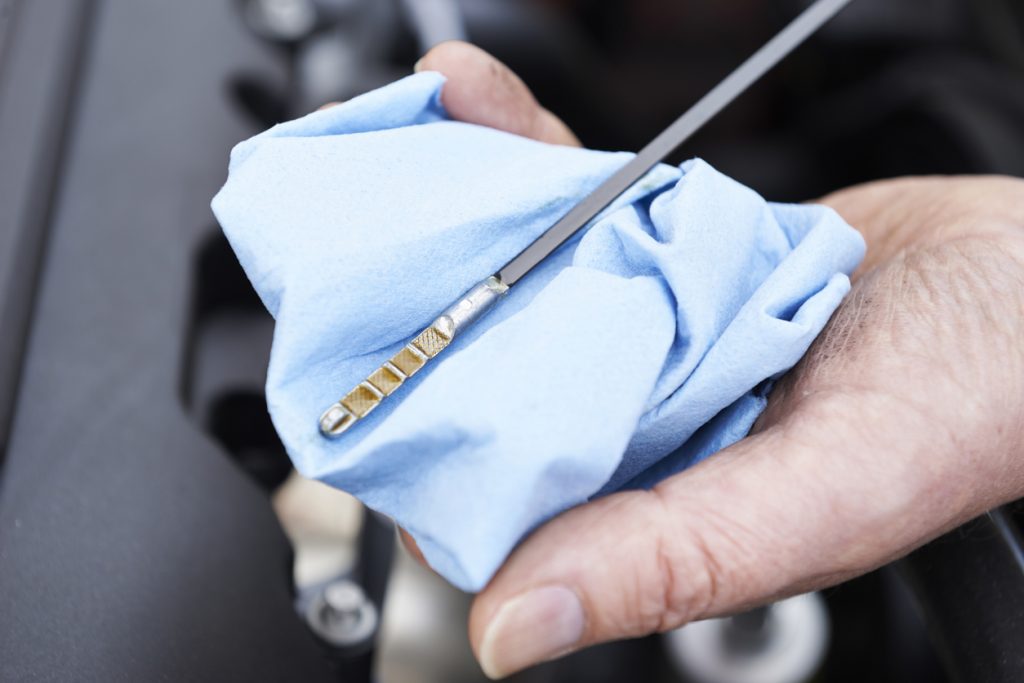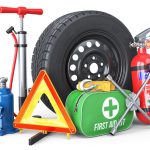Car Ownership 101: Becoming Familiar With Your Vehicle
Everyone should be familiar with the vehicle they’re driving. If the weather conditions change suddenly, you blow a tire, or you find yourself in an emergency situation, as a driver, you need to know how to respond.
In this blog, we will go over key aspects of your vehicle that you should know in order to save time, money, and maintenance issues down the road.
Tire Pressure
As a responsible driver, you should be checking the tire pressure on your vehicle once a month. You can do this by purchasing a tire gauge from your local automotive store or garage.
To find out how many PSI (pounds per square inch) you need to fill your tires, open the driver’s door and check the door jamb for a sticker that looks something like this:
Photo via Cars.com
This handy sticker will inform you of the recommended PSI for your front and rear tires, the recommended PSI for your spare tire, and the exact tire dimensions you’ll need when you purchase replacement tires.
Vehicle Identification Number (VIN)
The VIN is not hard to find on most cars. It’s displayed in two visible locations: The driver-side front windshield on the dashboard and the driver-side door jamb.
A VIN is like your vehicle’s DNA. Each number is specific to the vehicle it’s associated with and each character has a special meaning, including where it was made, when it was made, and who manufactured it.
Make, Model, and Year
Now that you know how to locate the VIN, here’s how to find out the make, model, and year of your vehicle using its VIN.
You can also visit Driving Tests and enter your VIN to find out all the details.
It’s a good idea to have your VIN stored in your phone so that when you are sourcing something like a new windshield or tires, you can quickly enter your VIN and be given accurate results that will work for your vehicle.
Checking the Oil
If you have an older model vehicle, you’re going to want to check your oil every time you fill your car with gas. If you’re driving something relatively new, checking your oil once a month is good enough.
To check the oil, pop the hood of your vehicle and search for this symbol:
Unscrew the cap and then lift the dipstick from the reservoir to see how much oil your vehicle needs. There is usually a clear bevel on the dipstick that indicates where the oil should fill up to.
To find out what oil your vehicle needs, reference the owner’s manual or search online.
If you know the basics about your vehicle, you’re going to know how to maintain your vehicle properly, what to do if something goes wrong, and where to look for details about your vehicle.
If you have any questions about identifying your vehicle or if you’re looking for parts for a vehicle, contact us.












